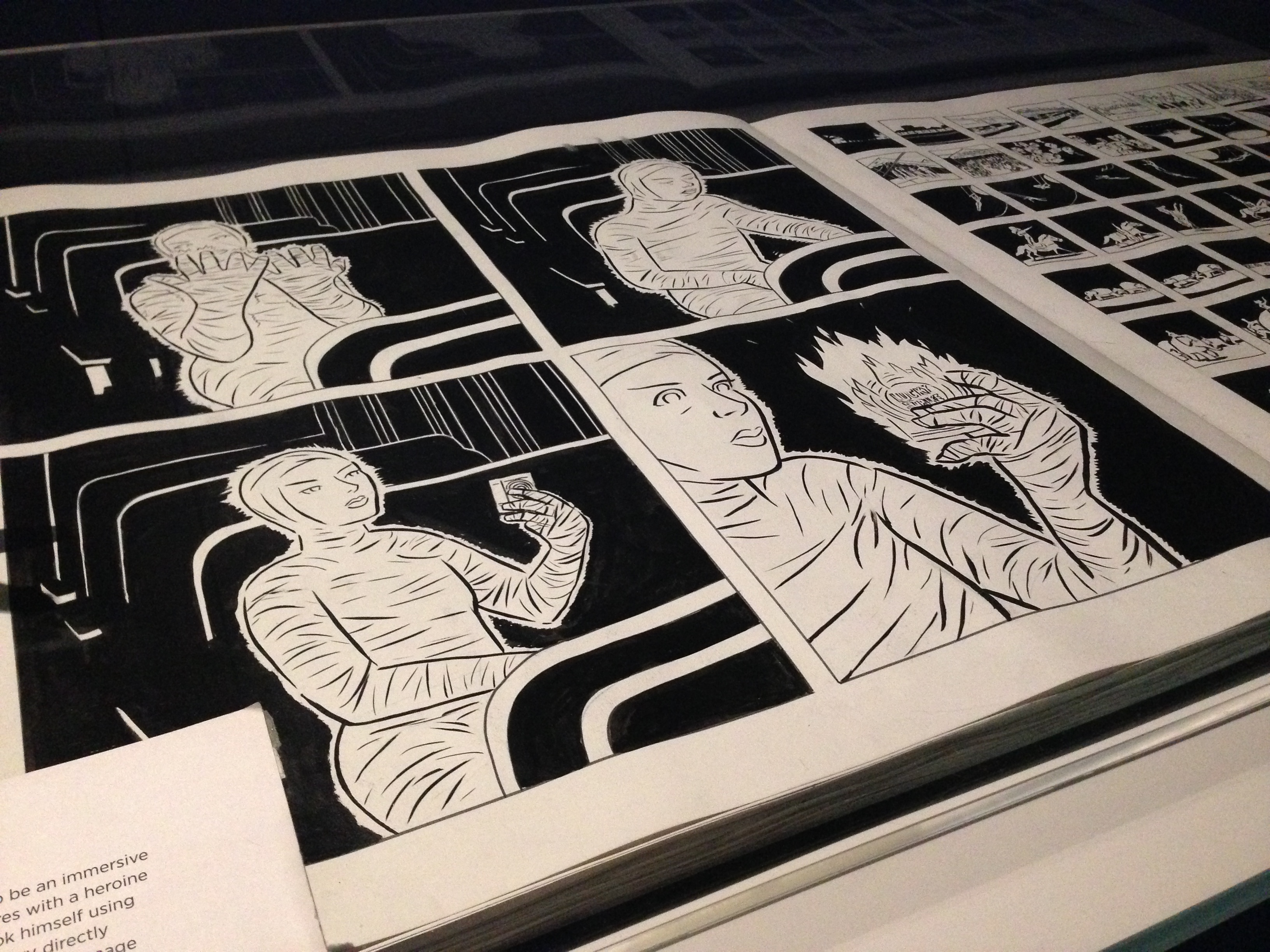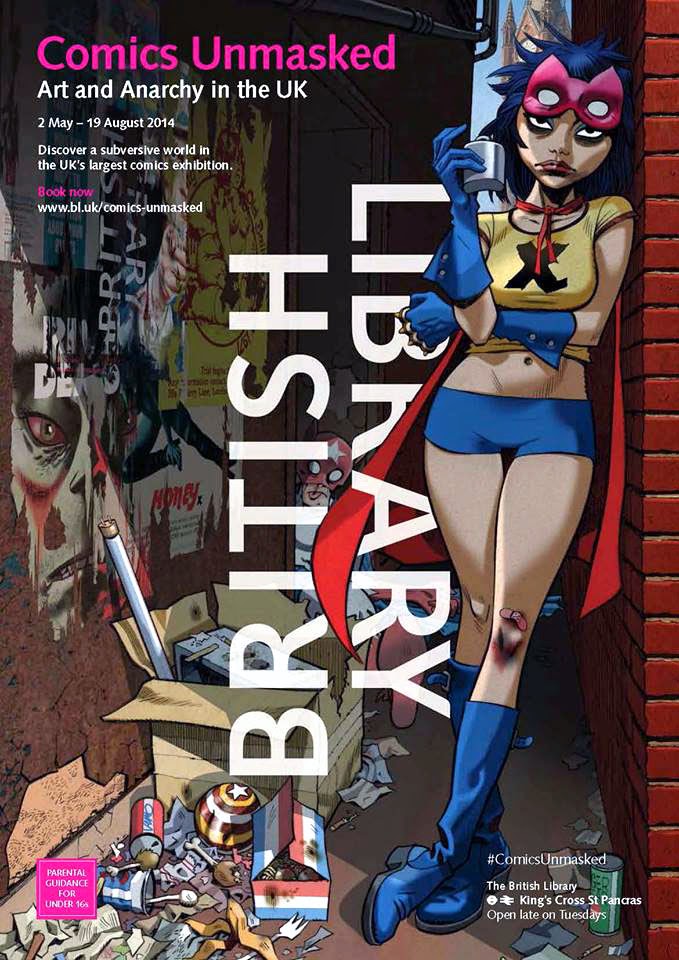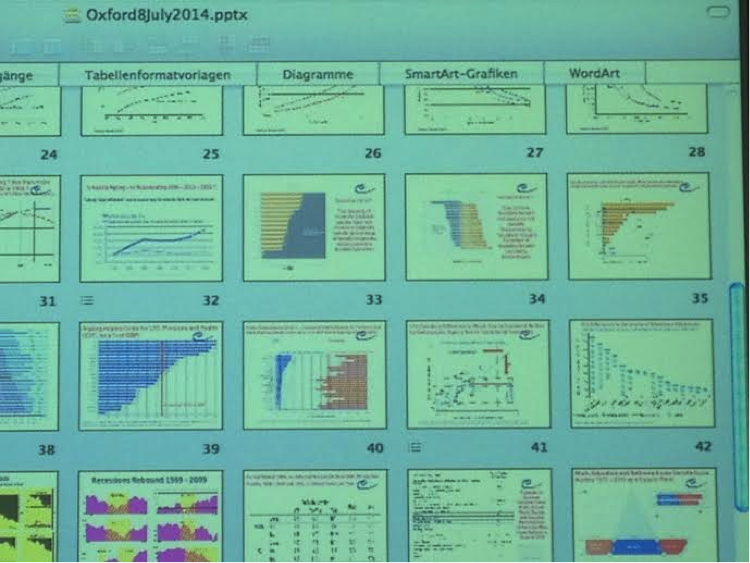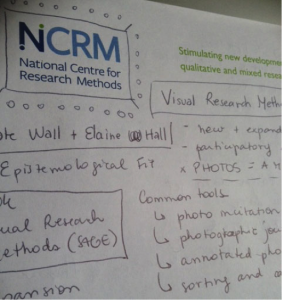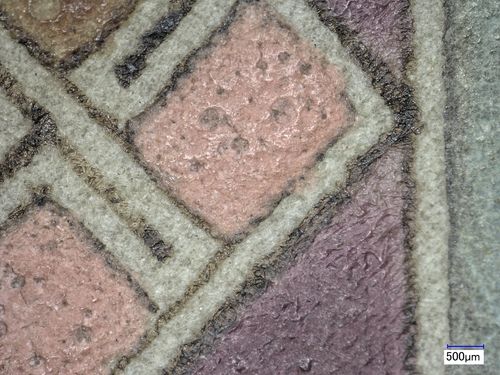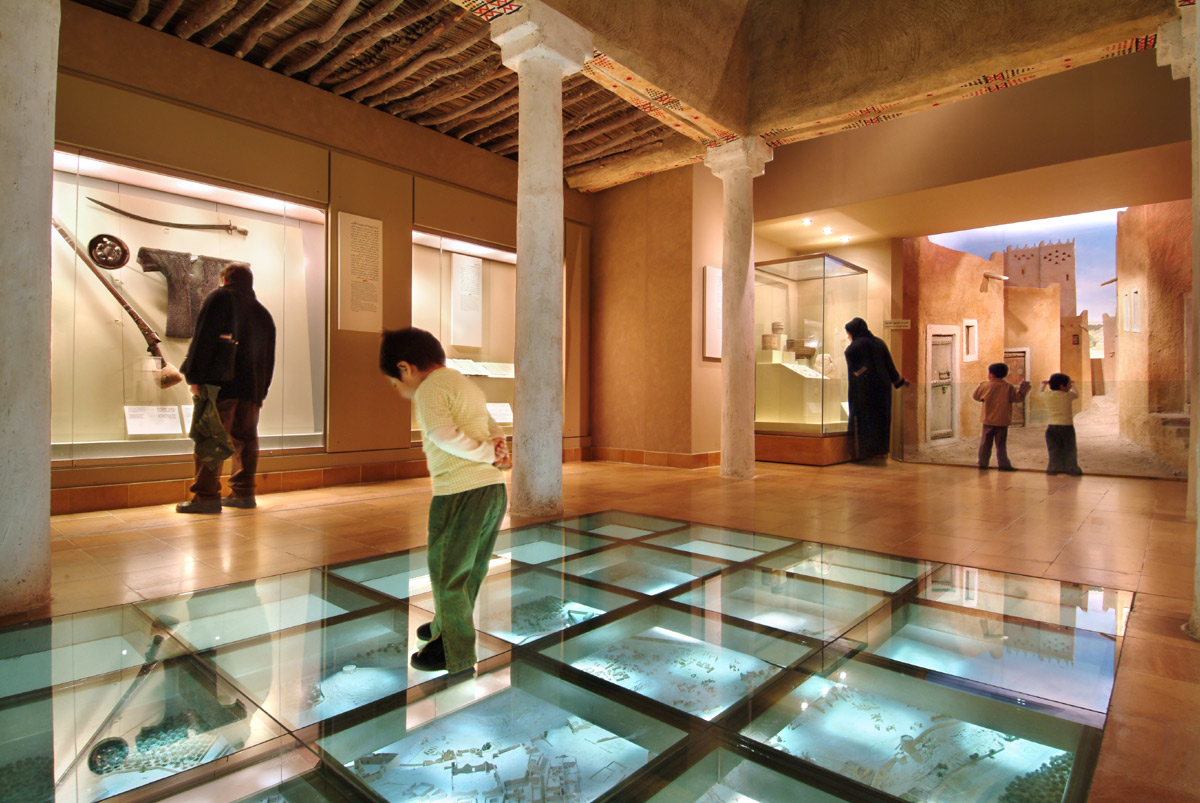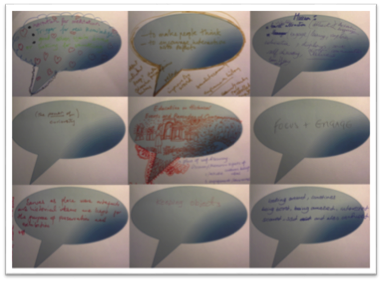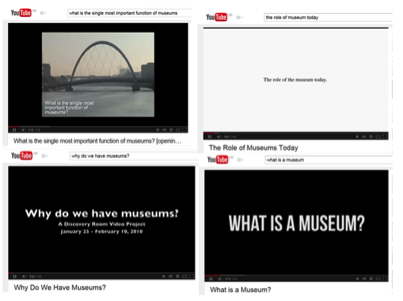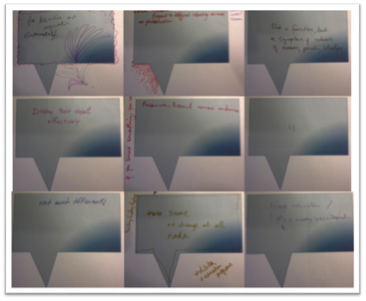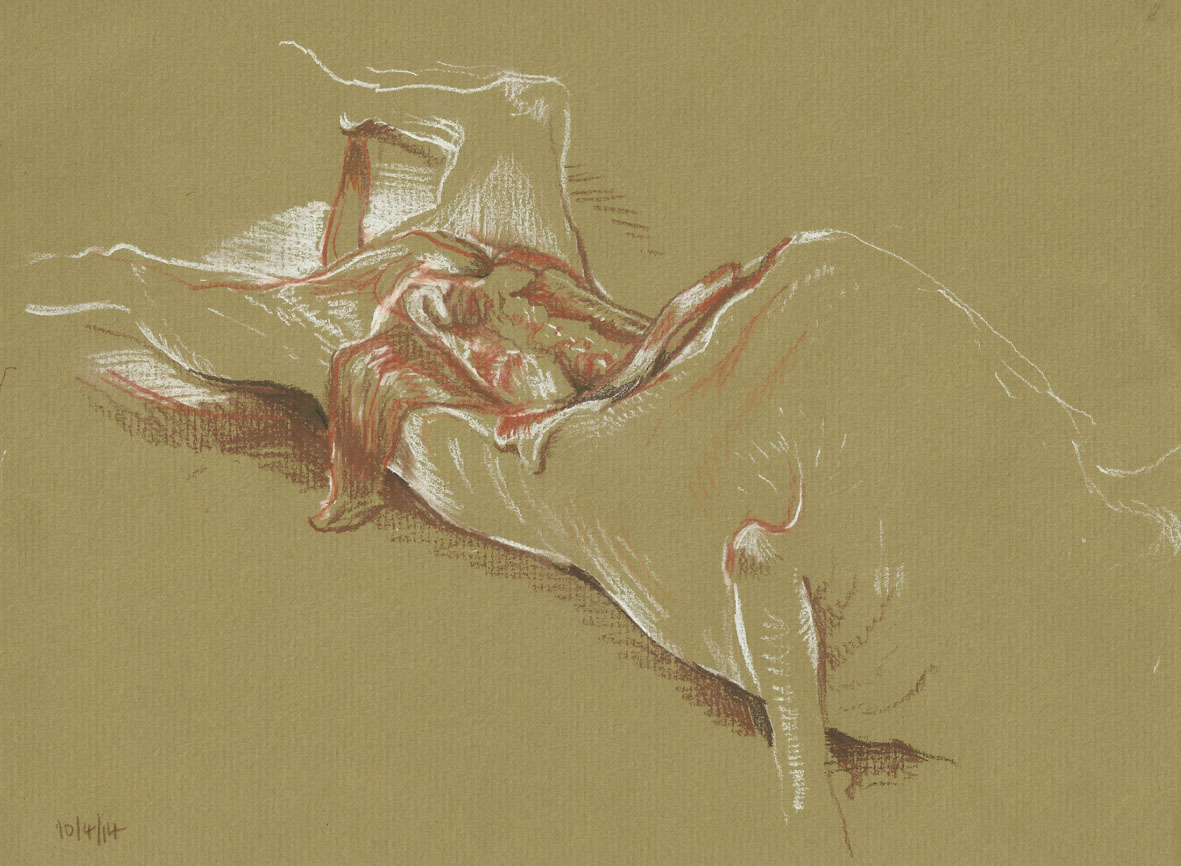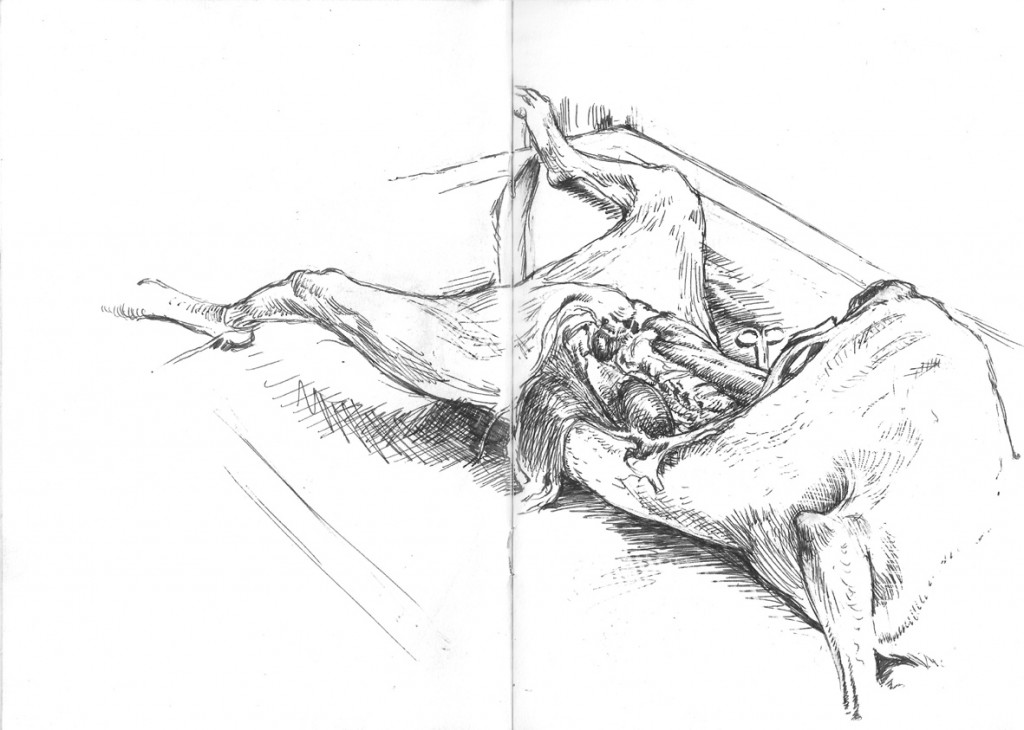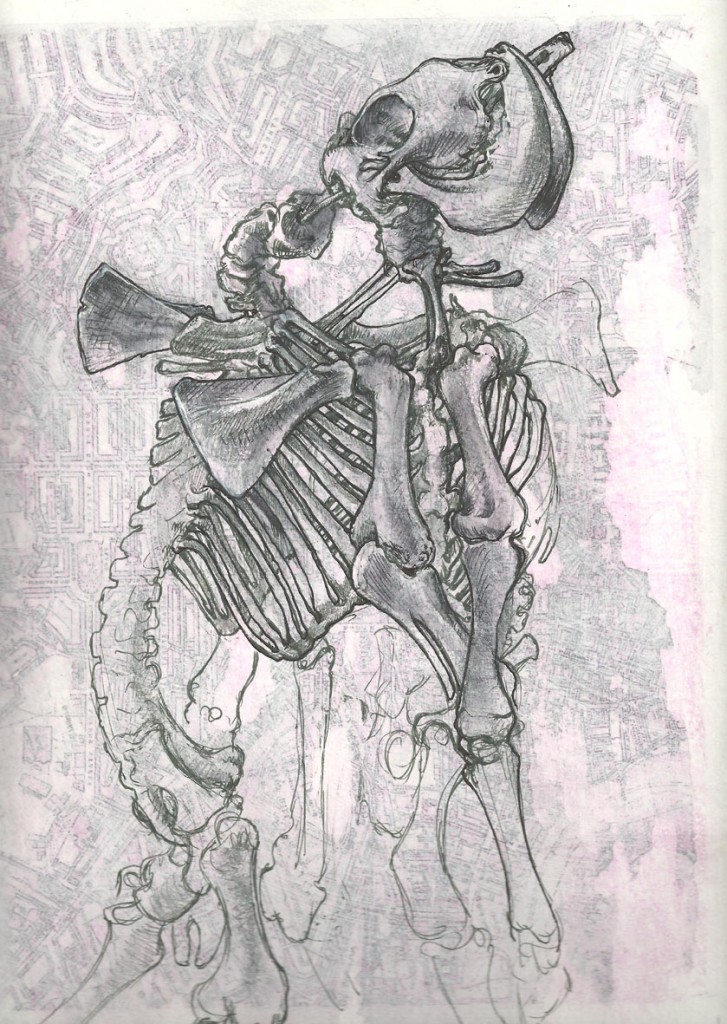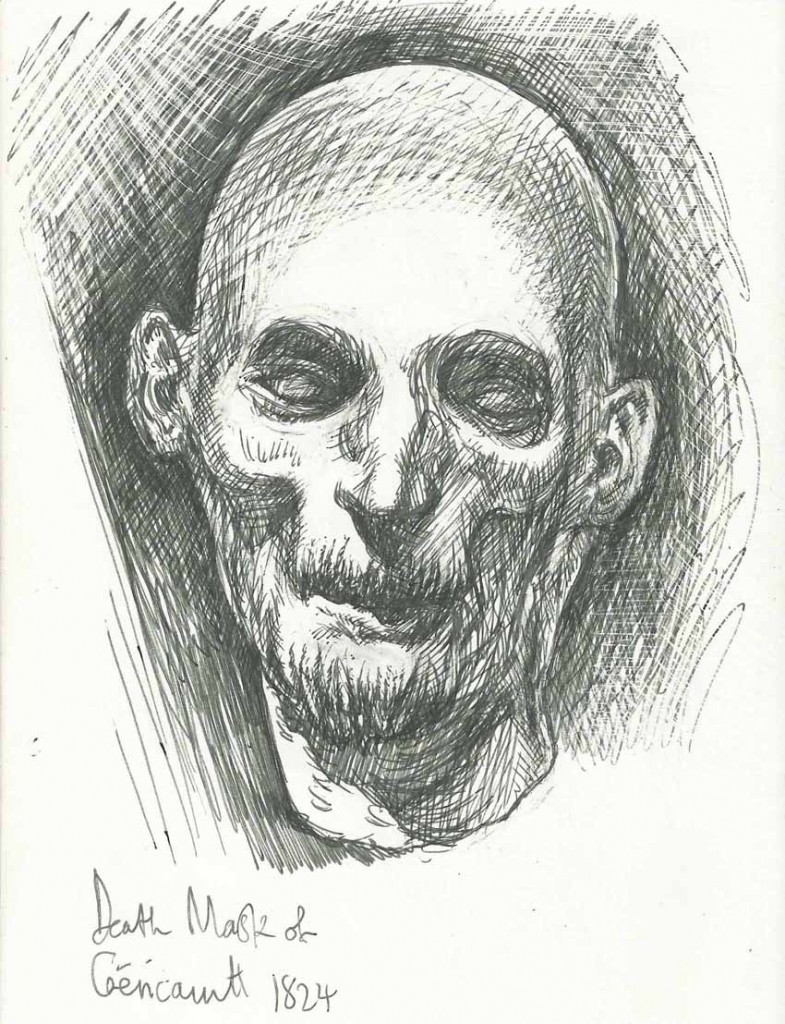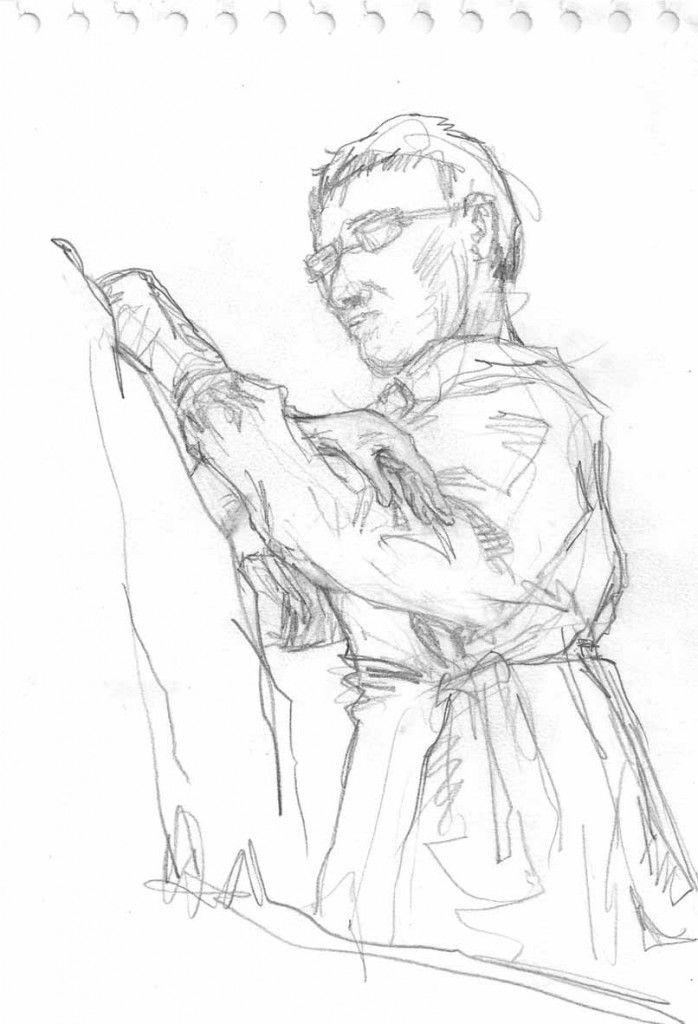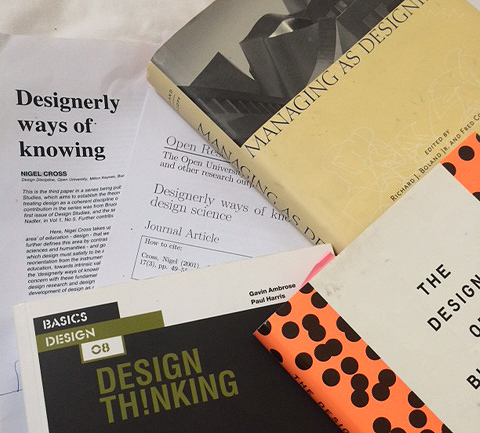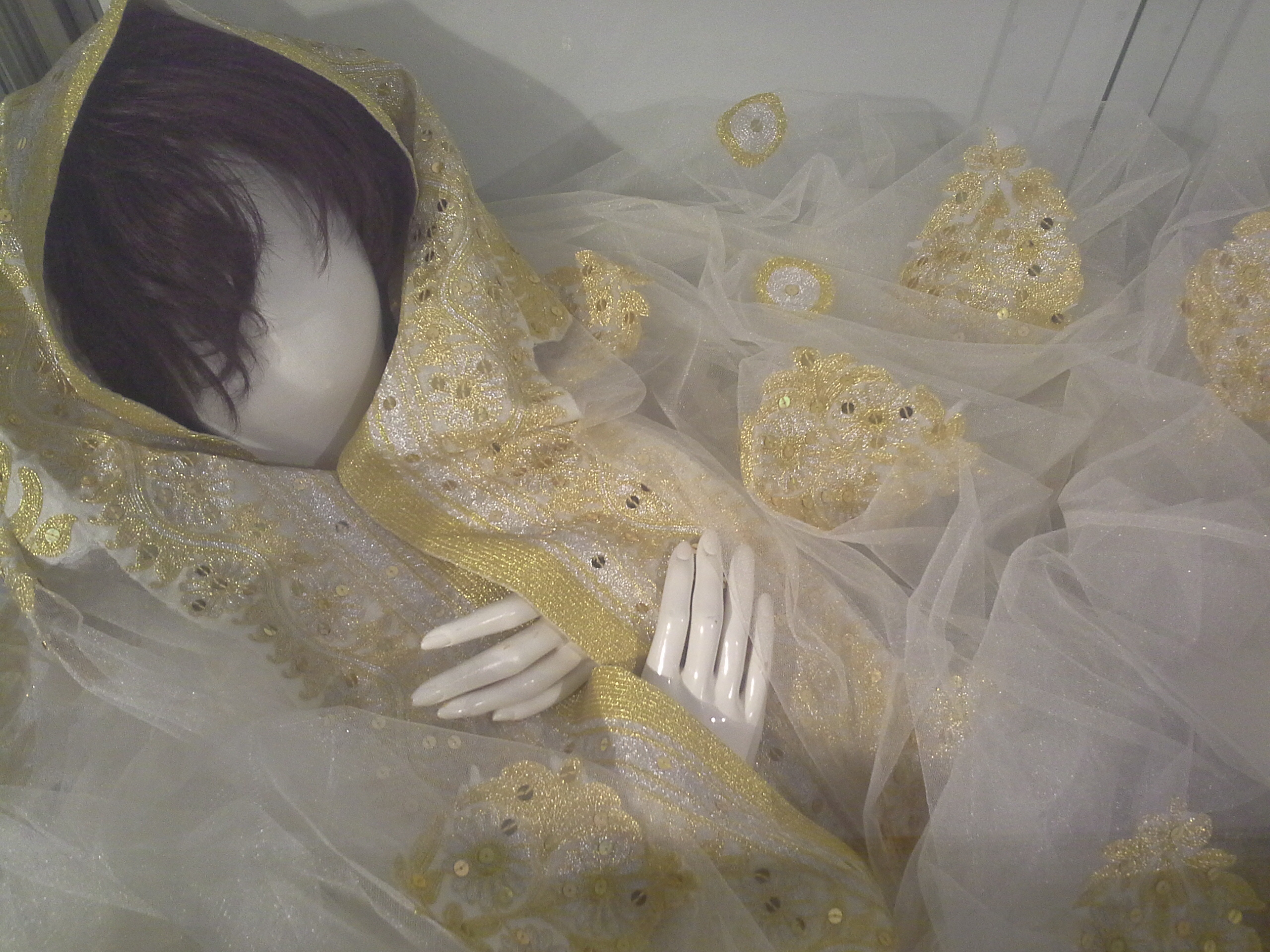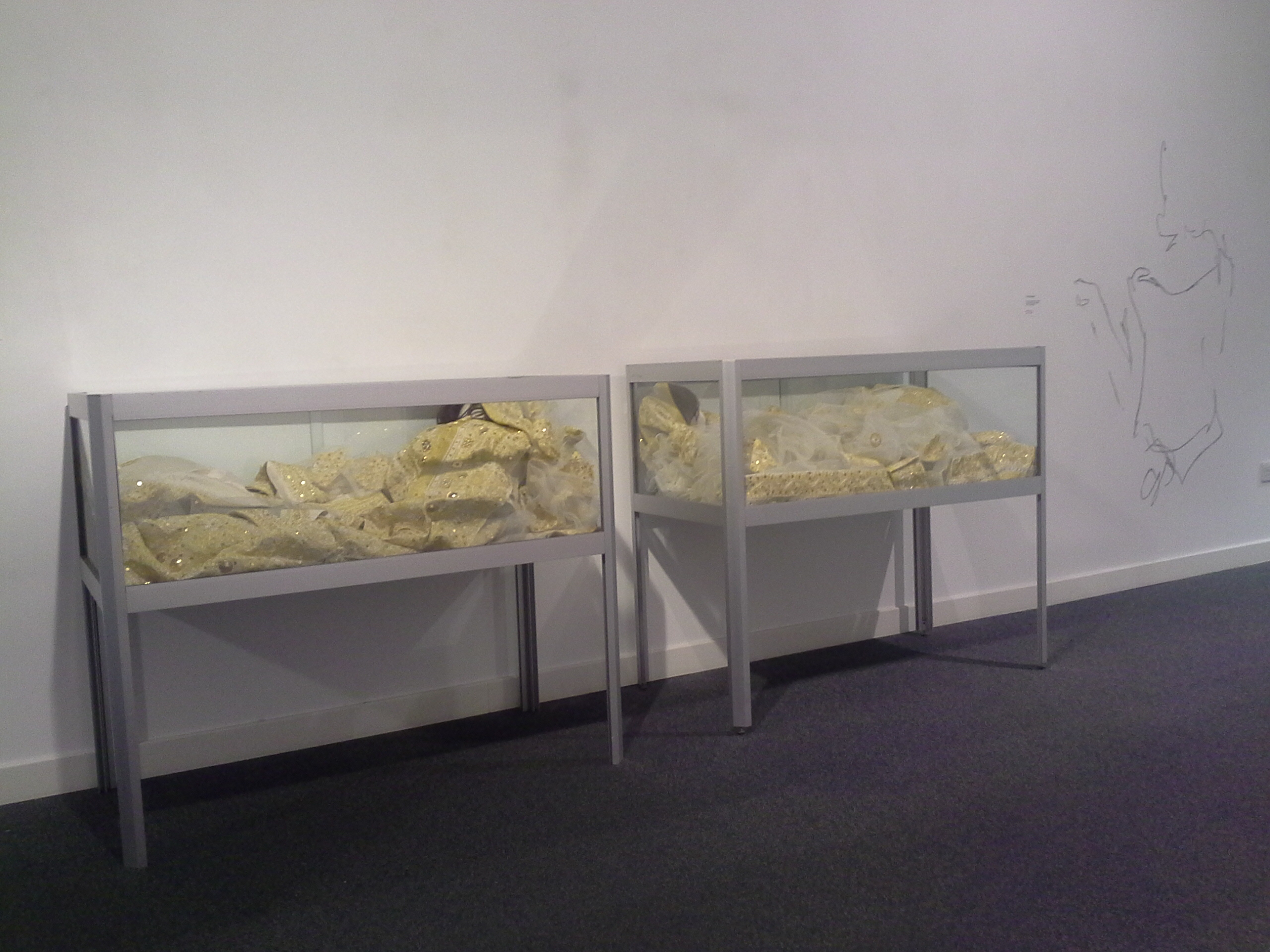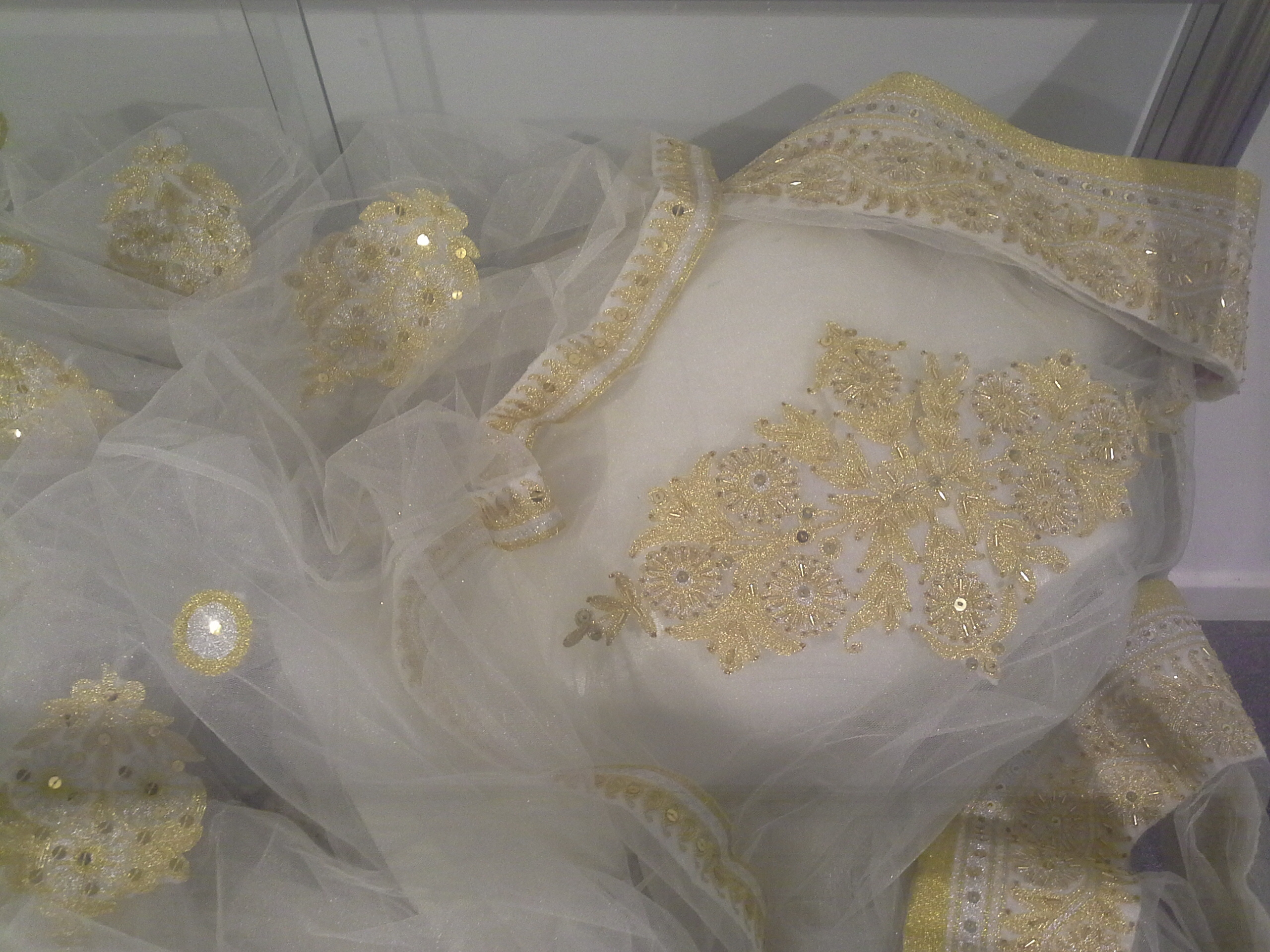Elham Soleimani’s PhD research is concerned with questions of the veil and the use of female figures in Persian illustrations. Her work centres upon her own practice of illustration, working towards counter-narratives of contemporary Iran. In this article she notes how a trip to the British Library’s ‘Comics Unmasked’ exhibition provided an opportunity to think further about the format and design of her work.
During the summer 2014, I attended an exhibition at the British Library called ‘Comics Unmasked’. This major exhibition at the British Library was a great collection of comic books created by some of the most talented British writers and amazing artists such as Neil Gaiman (Sandman), Alan Moore (Watchmen, V for Vendetta) Grant Morrison (Batman: Arkham Asylum) and Posy Simmonds (Tamara Drewe). However, there is a huge diversity of comics in this exhibition in terms of the creators, themes, content, size and styles and it was indeed fascinating how this show enables the viewers to trace the history of comics from their early days (almost over two centuries ago) to the digital era, highlighting their adaptability throughout the years.
For me, one of the main purposes of visiting this exhibition was to become more familiar with comics and also enhance my knowledge in this area, as my PhD practice has recently taken a new direction towards graphic novels. Although I have designed a number of books over the last few years, designing comics is a completely new and exciting, yet mysterious world to me. However, this exhibition was an excellent opportunity to take a quick journey through the history of comics and be inspired by many inspiring artists.
In the show, we came across a very interesting unique comic book, which was created by Libyan-born Muslim Asia Alfasi, that demonstrates the influence of Japanese pop culture on the artist and also her memories of watching anime cartoons in Libya and reading and making manga in Britain. “Asia had grown up watching anime (animation in Japanese) adaptions on Libyan television, and later realized it was not Arab after all but Japanese. She vowed to learn how to make her own manga. She kept her vow by growing up into an award-winning graphic novelist.” (Gravett, 2014: 59).
Apart from the brilliant illustrations in ‘JinNarration’, the layout of this book is fascinating. The overlapping Illustrations in different sizes, the close-ups, movements and wording allow the reader to become completely engaged with the story.
However, the exhibit that made the greatest impression was a giant comic book called “She Lives” by Woodrow Phoenix. Here is the Vimeo link so you can watch a video of Woodrow turning the pages of this very big book:
All of the illustrations in this book are hand-drawn and are in black and white. The book took Phoenix nineteen months to complete. In interview with the British Library he notes:
It was surprisingly physical to work on drawings at that size. I was covering so much paper, I was doing a lot of bending and stretching and I would be exhausted at the end of every day. But I did really enjoy doing something that used all of my body rather than just a bit from my elbow to my fingers. (Britishlibrary.typepad.co.uk, 2014)
One of the most amazing aspects of this book is that the images tell the story, rather than any text, and yet it is still an incredibly powerful story that is communicated effectively without the presence of any text.
Despite the fact that in the last couple of months I have been designing and redesigning my book, I have been struggling over a few issues, namely the relationship between the text (story) and the images, and the theoretical part of my research. Moreover, the question of to what extent I can use ‘narrative art’ in this project has played on my mind. However, seeing this giant book, and discussing its particular layout and style with others, along with how the layout of comics in general enables the book to interact with the readers more effectively, I have begun to think further about the format of my own work. I found the following extract from the book ‘Comics Unmasked’ very inspiring and almost a solution for the issues that I am currently dealing with.
Instead of reducing a problem down to a simplified single image, comics can dig deeper to unpack the fuller story. Particularly rather than passive, comics incite readers to think for themselves by filling in the gaps between the panel and making their own interpretation of what the pictures and words are saying to them. Comics, according to Woodrow Phoenix, work as ‘empathy generator’. No wonder that such an engaging and empowering medium has been used by many groups as a tool for protest, as well as by the establishment to strengthen the status quo. (Gravett, 2014: 88).
References
Gravett, P. and Dunning, J (2014). To See ourselves. Comics Unmasked.
Britishlibrary.typepad.co.uk, (2014). Woodrow Phoenix turns the pages of She Lives at the British Library – Inspired by… blog. [online] Available at: http://britishlibrary.typepad.co.uk/inspiredby/2014/06/woodrow-phoenix-she-lives-british-library.html [Accessed 7 Aug. 2014].
